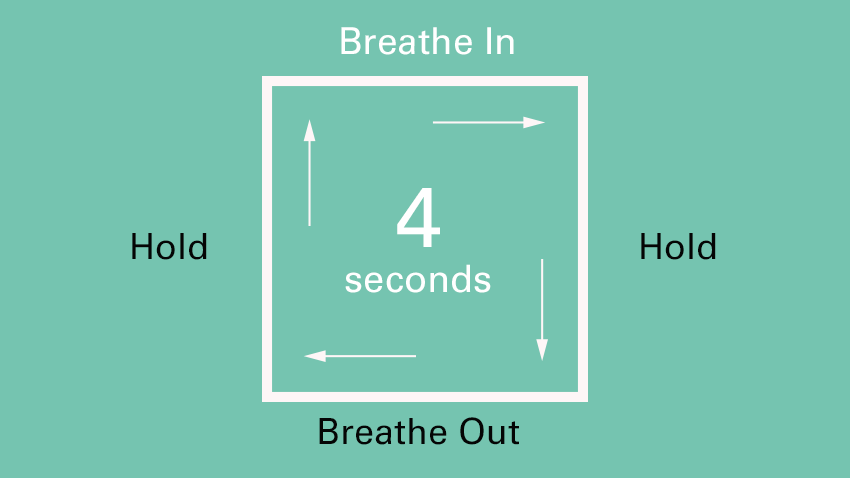Diaphragm
Movement is done with muscles and the muscle that moves the most throughout your life from your very
first
breath to your very last is your diaphragm. The breathing muscle. That’s what we’re going to move
first.
Our jobs can be stressful. Deadlines, bugs in code and time for passion projects as well as all of
life’s stress
adding up. When stress hits, historically, we’d move to respond. But you’re stuck. In a chair and
must
get work
done. But that’s ok. We need to work to earn money to keep a roof over our heads and food on the
table.
Lack of
those things would be a lot more stressful!
So stress spurs movement (Flight or fight). The first thing to move is the diaphragm. Breathing rate
increasing
is one of the first responses of being stressed. But we’re not going anywhere. These aren’t
immediate
threats to
our physical health so lets take back control and breeeaaaaath. I.e. move the diaphragm through a
smoother,
deeper range of motion.
Here’s a proven method to help bring the stress response back to baseline.
Once you’ve the hang of this it’s easily implemented whilst working away and you’ve taken the first
step
to
controlling the stress response and mobilizing the body away from pain. And you didn’t even have to
get
up.
